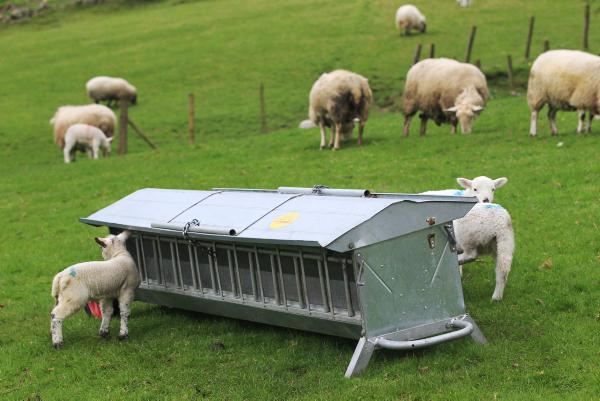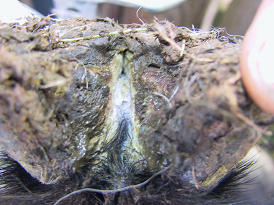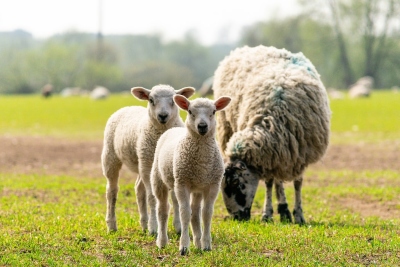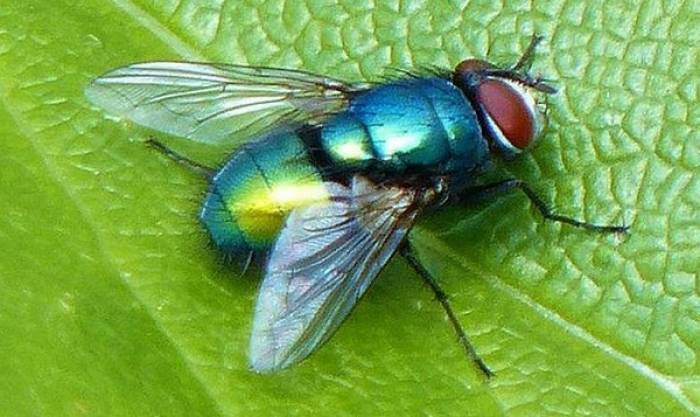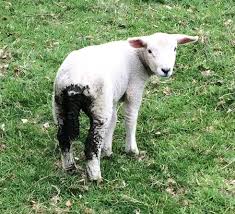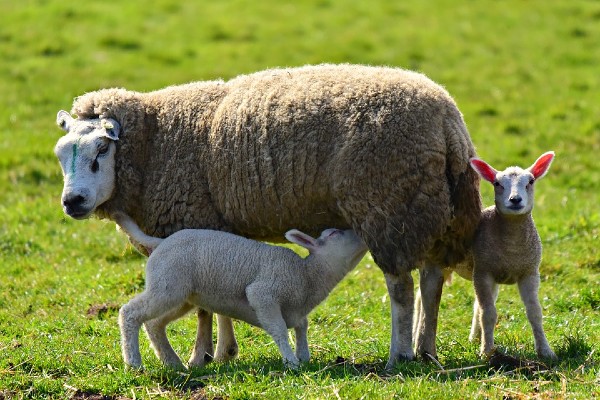Post Lambing
Creep Feeding Lambs
When grass is short the ewes will have a reduced milk yield, to ensure the lambs continue to perform creep feeding can be introduced on an ad lib system. Young lambs have a very good feed conversion rate of 4:1 prior to weaning, this decreases to 12:1 as the lamb ages. Ewes reach their peak milk yield at 30-45 days post lambing, at which time the ewe is competing with her lamb(s) for grass, creep feeding can take some of this grazing pressure off and allow the ewe to regain condition. Read more>>
Look Out For Signs Of Scald
Scald is the most common cause of lameness in lambs and, if left untreated, can develop into footrot. Ewes should be kept an eye on too. It is seen as damage to the soft tissue between the toes and it caused by bacteria in the grass. Read more>>
Feeding Livestock In Hot Weather
As summer progresses the quantity and quality of grass declines and due to the very low soil moisture levels grass growth has fallen considerably. Sward heights should therefore be checked regularly to ensure adequate feed. On a rotational grazing system, fields should be grazed at 10 cm and higher residuals should be left (6 cm in Aug/Sept) for better grass recovery. Read more>>
Heat Stress In Sheep
Perfect summer weather for us may not be for sheep, be on the lookout for heat stress e.g. an extended neck and increased panting, even when standing still. If a sheep’s body temperature continues to increase, it will eventually collapse. Counter intuitively, a thick fleece is not necessarily a bad thing as it helps regulate body temperature. Conversely, newly shorn sheep can be more susceptible in this hot weather. Read more>>
Blowfly Control In Sheep
Effective blowfly control relies on good management practices as well as the use of preventative products. Measures can be taken to avoid flies being attracted to your farm and availability of breeding sites. Dead animals, footrot, dirty wool due to scour or urine soaking, skin disease and wounds will all attract flies. Grazing on damp, well-sheltered pasture provides ideal conditions for flies and should be avoided during the risk period if possible. Read more>>
Nematodirus Warning
The SCOPS nematodirus forecast map (www.scops.org.uk) predicts that for Dumfries and Galloway hatching will commence in 7 to 14 days if the warmer weather continues. This will start creeping up the country as warmer weather continues. Read more>>
Feeding Lactating Ewes
With low grass height, some are questioning whether feeding the ewes in lactation is necessary. What do they need and what will the grass provide. Assuming grass is growing at 40 kg dry matter (DM) per ha per day. Read more>>
Creep Feeding To Aid Condition
If ewes are leaner following the extended winter/late spring and grass growth continues to be limited (<4 cm), offer the lambs creep feed to take the pressure of the ewe, reducing the competition for grass and the amount of milk the ewe needs to produce, which will in turn allow her to gain some condition. In addition the creep feeding will allow the lambs to continue to thrive and achieve good growth rates. Read more>>
Sign up to the FAS newsletter
Receive updates on news, events and publications from Scotland’s Farm Advisory Service

